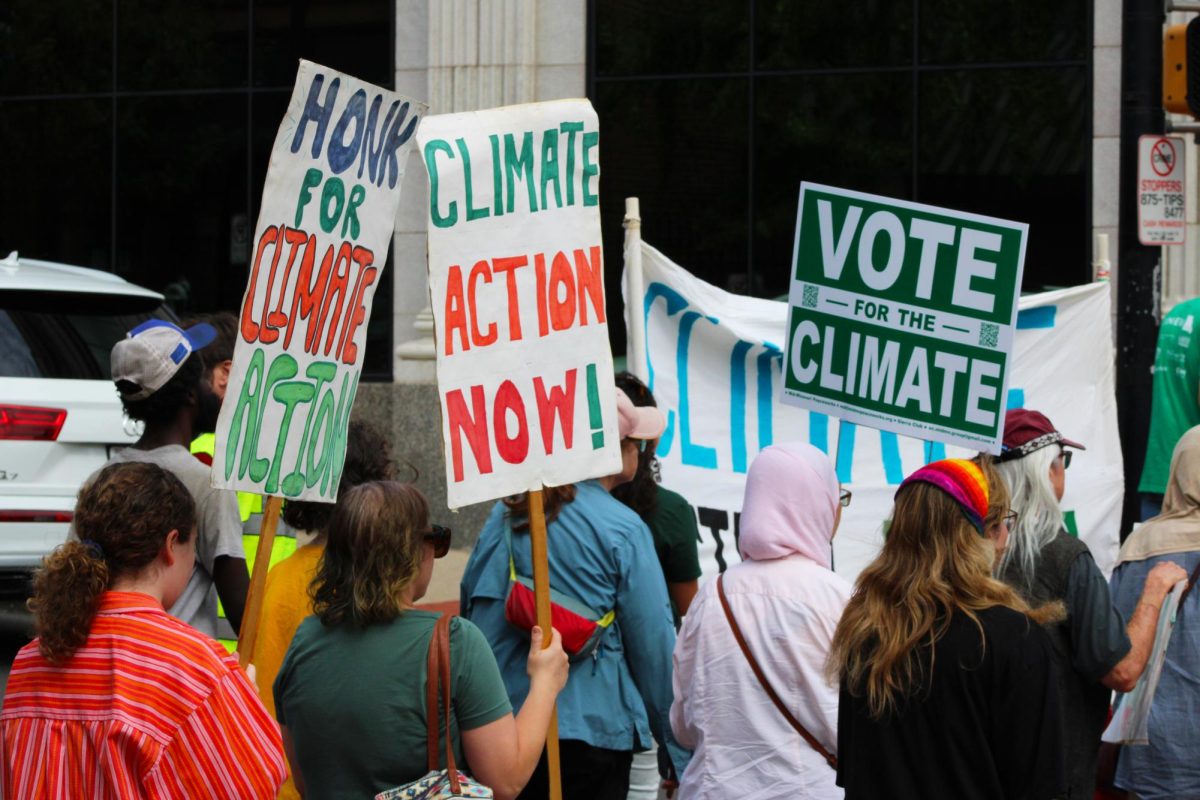The City of Columbia will hold ward-based public meetings during the next two months to help make ideas outlined in Columbia Imagined, the city’s new comprehensive plan, become realities.
These meetings, which are part of the public engagement series associated with the development of Columbia Imagined, are intended to provide the government the opportunity to obtain citizen input about Columbia’s existing conditions, Pat Zenner, City of Columbia Development Services manager, said in an email.
Designed to replace the current comprehensive plan Metro 2020, which was completed in 2001, Columbia Imagined will help the city prepare for future growth and development.
“The document is intended to provide guidance to elected and appointed officials, to guide the city for roughly 20 or so years in decision making,” Zenner said.
Columbia’s Planning and Zoning Commission began preparing to create a new comprehensive plan in 2009 at the request of City Council and to fulfill one of the recommendations of the Imagine Columbia’s Future visioning efforts, Zenner said.
“We had not done a comprehensive update of Metro 2020 since its initial adoption,” Zenner said. “We believed we needed to reevaluate policies and recommendations.”
City Council established the Comprehensive Plan Task Force in 2009 to assist the Planning and Zoning Commission with the public outreach portion of the new plan. The task force began its work with the commission in April 2010. Members were first familiarized with the existing plans and policies of the city before they began establishing the proposed framework and strategy for completing the new plan.
The Comprehensive Plan Task Force and the Planning and Zoning Commission have chosen to focus on seven elements in Columbia Imagined, which will be completed in six phases. Zenner said he expects for the plan to be finalized and action to begin by the end of 2012.
The city will host public forums for each of the six phases to encourage feedback from the community.
“The success or failure of a plan has a lot to do with the role of the public in its crafting,” Zenner said. “It’s why we do public planning. (The citizens) allow us to be aware of issues we may not have otherwise thought about.”
Phase One, “What Is the Plan?,” was introduced in May at a public meeting. The meeting informed citizens of the new comprehensive plan being prepared and allowed citizens to give feedback on the proposed topics and structure.
Meetings for Phase Two, “Who Are We?,” will present existing conditions and create a community identity. Meetings will be held in each of the six city wards.
“We thought that it would be a good way to reach out to the general public,” Sixth Ward Council Representative Barbara Hoppe said. “By holding the meetings in each ward, we make it convenient for people to participate.”
Thornhill said meeting by ward also helps the city become aware of neighborhood problems.
“It’s a conduit for citizenry to feel their voices are heard by the government,” he said. “We can get right into the neighborhood and listen. They’ll tell us what works, what doesn’t and what needs to be improved.”







